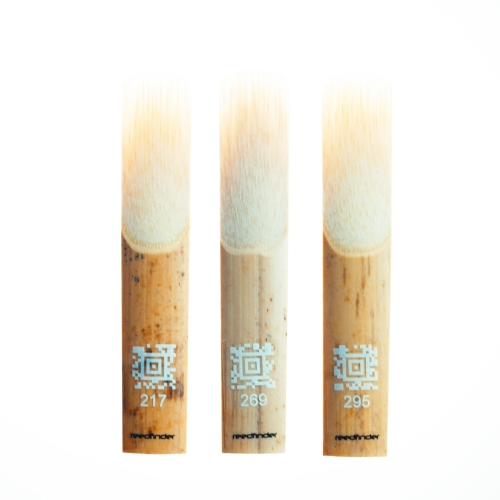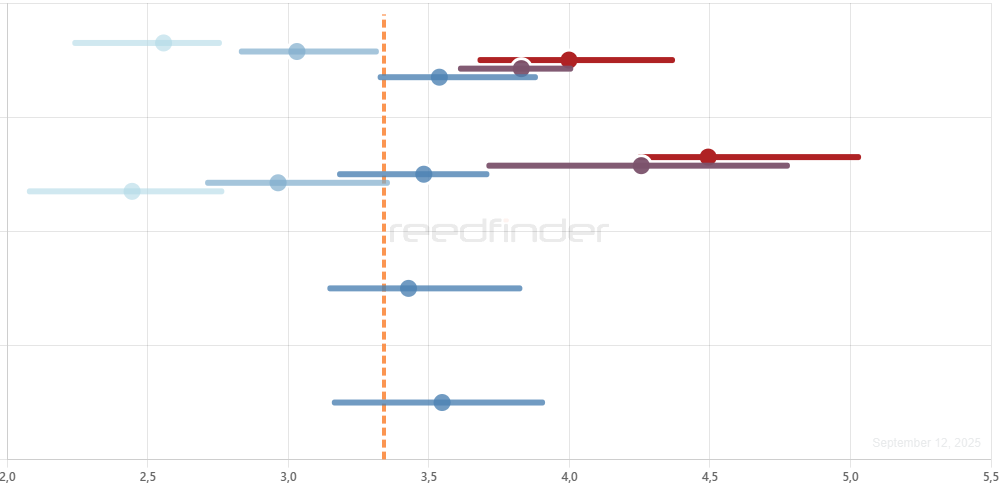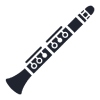As a clarinetist and teacher, I know the struggle: opening box after box of reeds, only to find that most of them don’t play the way you hoped. Even when you're using the same brand, strength, and mouthpiece, the results can be wildly inconsistent. It’s frustrating, expensive, and time-consuming — and I always felt there had to be a better way.
That’s what led me to create ReedFinder.
ReedFinder uses real player feedback and cutting-edge machine learning analysis to learn what makes a reed work — for you. With every rating you give, our system gets smarter. Over time, it builds a profile of what works best for you personally — and recommends reeds accordingly.
Instead of trial and error, you're getting a clearer path toward consistency.
World’s #1
Reed Recommendation System
We believe every musician deserves a reed that matches their unique style and sound. Every single reed purchased on this site is being selected with cutting-edge machine learning algorithms to match your needs.



 Deutsch
Deutsch


